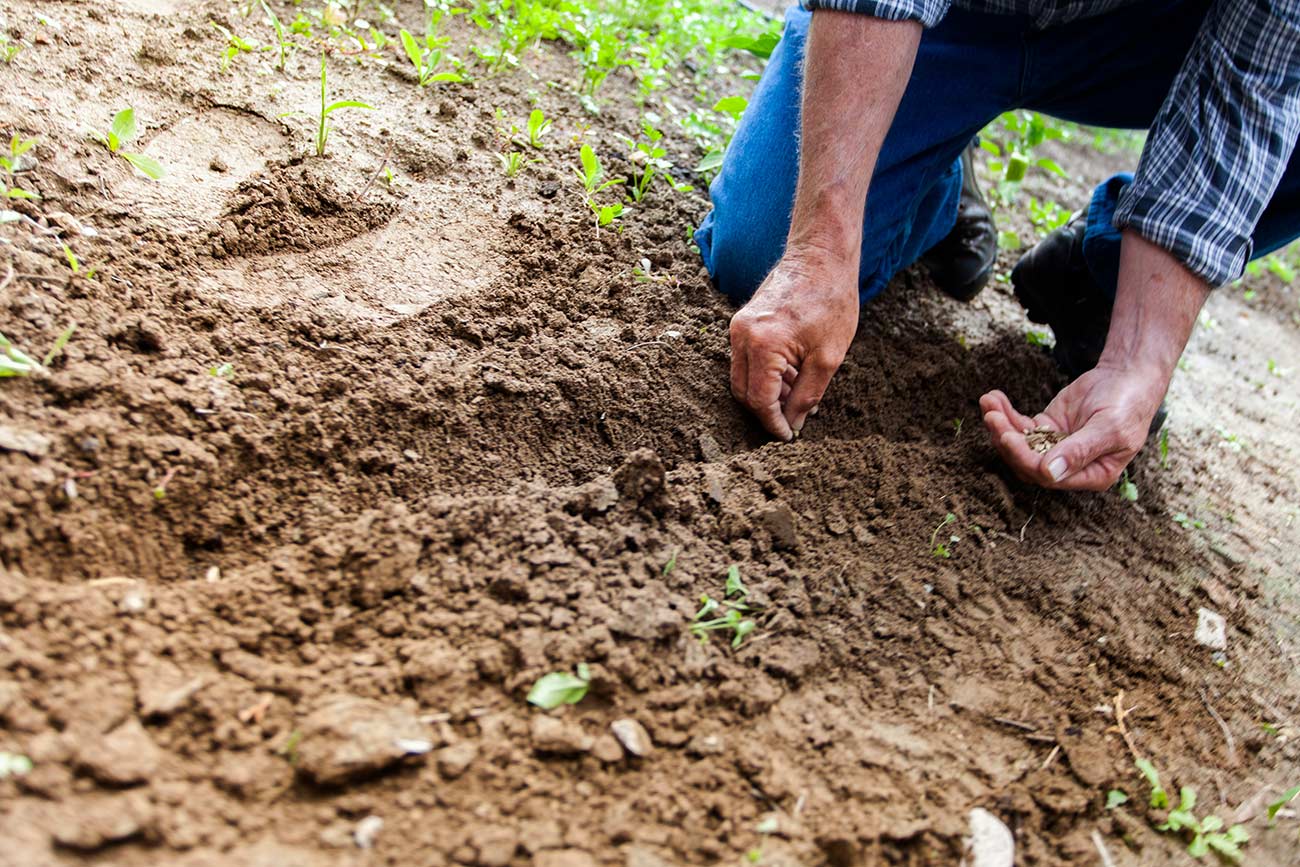Sometimes people buy packets of garden seeds and store them to plant later. However, you may not remember when you bought them. Some types of seeds can last for a long time, but others need to be planted rather soon after you purchase them. If you have a packet of seeds laying around, or if you have purchased some seeds but don’t know how old they are, you will want to figure it out before you plant them. Fortunately, there are a few ways to find out whether garden seeds are still good.
You can do a seed germination test to determine whether seeds are still viable for planting. Using one of these tests is the only way to truly find out whether you should spend your time planting the seeds in your garden. Once you know the germination rate, you will know whether or not the seeds are still good.
The Water Test
This is one of the less reliable tests, but it is the quickest test if you want to plant your seeds right away. Start by filling a container with warm water, and place your seeds inside. You can let them sit for between 15 and 20 minutes. If the seeds sink, they are probably still good and can be planted. On the other hand, if they float, they have probably gone bad. This test is more reliable for large seeds, such as tomatoes, corn, peas, or peppers. Seeds that are very small will probably float whether they are good or bad because they are lightweight.
The Paper Towel Germination Test
This is one of the oldest and most reliable tests to find out if your seeds are good. It takes anywhere from three to fourteen days, depending on the type of seeds. You will need approximately 10 seeds, paper towels, a mason jar, and water.
Start by wetting the paper towel and fold it into fourths. Place your seeds inside, and make sure that they do not touch each other. You can place the paper towel inside of the mason jar. You can also use a plastic bag that seals. If the seeds are for cool weather plants, they should be stored in a place that is 50 to 70 degrees, and warm weather plants will need to be stored in 70 to 85 degree temperatures. You can check the seeds each day, and look for the seeds to sprout.
The Sand Germination Test
For this test, you will need some clean sand, a tray with a wall around it, and water. You can place 10 seeds on the tray, and cover them with sand. Use a spray bottle to spray the sand and keep it moist each day. This test takes between seven and ten days, and you will look for the seeds to sprout.
If you want to save your germination test seeds and plant them, you can do this. The best test to use in this case is the sand test. The key is to remember how fragile many types of plants are at this early stage, as they have fragile stems and roots. Changing the environment can also cause the plant to go into shock.
It is important to understand what type of plant your seeds will become because some seeds will do best with preparation. For example, cold weather plants prefer to be stored someplace cool such as the refrigerator during testing. This is called stratification.
Scarification is the process where you rub some seeds with a rough material so that they germinate. Seeds such as Sweet Pea and Lupine will likely not germinate unless they go through this process. You can use a little sandpaper to do it. No matter which method you use, if the majority of the seeds you test sprout, your seeds are good to plant.
